Retro Replay Review
Gameplay
Kinetic Connection places you squarely in the puzzle master’s seat, tasking you with assembling fragmented images across 16 distinct MicroKinema levels. Each level features a grid subdivided into an array of blocks, and your mission is to pick up, rotate, and position these blocks until the hidden picture emerges. The core loop is elegantly simple: drag pieces into place, inspect from different angles, and adjust until alignment is perfect. What starts as an inviting jigsaw-like activity quickly deepens as you juggle more pieces and tighter time constraints.
(HEY YOU!! We hope you enjoy! We try not to run ads. So basically, this is a very expensive hobby running this site. Please consider joining us for updates, forums, and more. Network w/ us to make some cash or friends while retro gaming, and you can win some free retro games for posting. Okay, carry on 👍)
One of the most compelling dynamics in Kinetic Connection is the decision to reveal the target image. While you can summon a preview of the final design to guide your placements, doing so drains your precious timer at a significantly faster rate. This risk-reward mechanic forces you to weigh intuition against certainty—lean too heavily on the preview, and you might run out of time; rely entirely on guesswork, and you might waste precious seconds on misaligned blocks. It’s a smart way to keep each session both challenging and engaging.
Levels range from simple 4-piece puzzles to daunting 96-piece mosaics. The variety in piece count ensures a steady difficulty curve, inviting newcomers to get comfortable before pushing veterans to the brink of spatial reasoning. Many MicroKinema are animated, offering subtle motion cues—like a swaying leaf or shifting shadow—that hint at correct orientations. These gentle animations transform static puzzles into living challenges, rewarding keen observation and quick thinking.
Graphics
Visually, Kinetic Connection opts for a minimalist aesthetic that foregrounds clarity over flashy effects. Puzzle pieces appear as crisp, clean blocks with sharp edges, making it easy to discern where each fragment should fit. The backgrounds of each MicroKinema level are rendered simply yet tastefully, ensuring the focus remains on the puzzle itself. This visual restraint keeps the interface uncluttered and user-friendly, a boon for those who prefer function over frills.
That said, the inclusion of subtle animations within the puzzle canvases adds a layer of visual interest. Soft movements—like drifting clouds in a sky scene or rippling water in a lakeside tableau—serve as integrated hints for how pieces might align. These animations are neither distracting nor overbearing; rather, they enrich the experience by providing context and atmosphere. Each MicroKinema level develops its own visual identity, making each moment of discovery all the more satisfying.
Beyond the puzzles, the UI design is sleek and intuitive. Menus slide in and out smoothly, timers and controls occupy consistent positions, and feedback cues—such as gentle highlighting of correctly placed pieces—feel natural. The color palette is soothing, with gentle contrasts that keep your eyes rested even through extended play sessions. For a game centered on block manipulation, Kinetic Connection delivers graphics that feel both purposeful and pleasing to the eye.
Story
While Kinetic Connection doesn’t boast a traditional narrative with characters or dialogue, it weaves a subtle thematic thread through its “mystery image” premise. Each completed puzzle reveals a slice of a larger scene—a tranquil landscape, an architectural detail, or a whimsical illustration—that hints at a broader story lying beneath the surface. This gradual unveiling provides a satisfying sense of progression, as though you’re unlocking chapters in an unfolding visual novel.
The game’s lack of explicit storytelling makes room for your own imagination to flourish. Are you uncovering pieces of a hidden world? Reconstructing memories from a forgotten era? The puzzles suggest their own narratives through imagery and motion, and that quiet storytelling style is surprisingly evocative. You become the author of the tale simply by completing each puzzle and observing the emerging picture, giving Kinetic Connection an almost meditative quality.
Multiplayer mode adds a social dimension to the storyless framework. When you and a friend tackle a puzzle side by side, you can build rapport through shared “aha!” moments and collaborative problem-solving. Those cooperative sessions become mini-narratives of teamwork, trust, and friendly competition—proof that a game doesn’t need a scripted plot to deliver memorable experiences.
Overall Experience
Kinetic Connection strikes a harmonious balance between intellectual challenge and serene presentation. The core mechanics of picking up, rotating, and placing blocks are immediately accessible, yet the time-based reveal mechanic and varying puzzle sizes provide plenty of depth. Whether you’re racing against the clock on a 96-piece behemoth or gently piecing together a 16-block vignette, each session feels both fresh and rewarding.
The animated MicroKinema levels and minimalist UI create an inviting atmosphere that’s perfect for quick play sessions or extended puzzle binges. The option to save progress mid-puzzle and resume later is a thoughtful touch for busy players. Meanwhile, cooperative play adds another layer of engagement, transforming solitary brain-teasing into a shared journey of discovery.
Ultimately, Kinetic Connection is a testament to how elegant mechanics and subtle design touches can elevate a simple concept into a compelling offering. Puzzle aficionados will appreciate the meticulous balance of challenge and clarity, while casual players can dip in for relaxed, satisfying gameplay. If you’re seeking a game that rewards both your spatial reasoning and your creativity, Kinetic Connection is well worth exploring.
 Retro Replay Retro Replay gaming reviews, news, emulation, geek stuff and more!
Retro Replay Retro Replay gaming reviews, news, emulation, geek stuff and more!
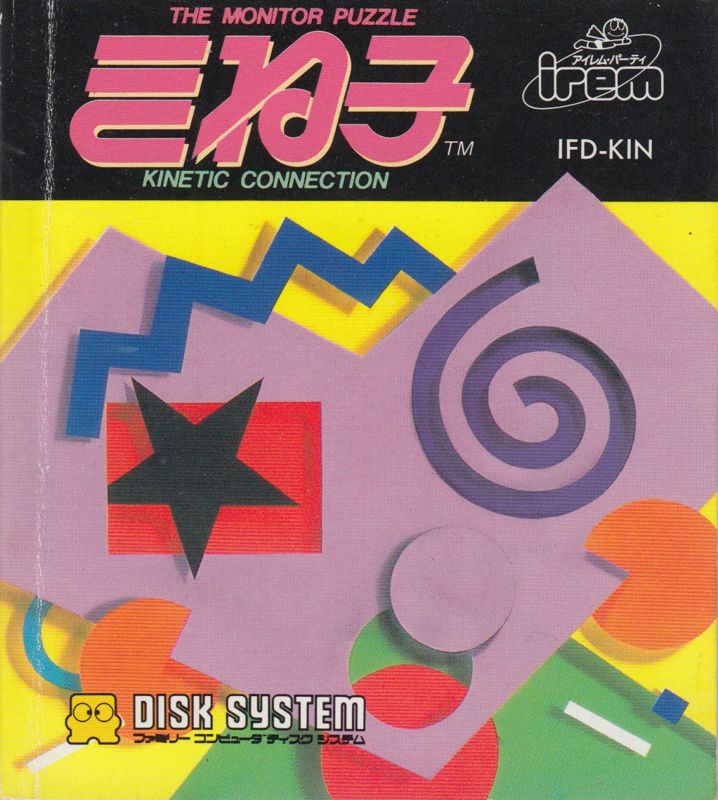
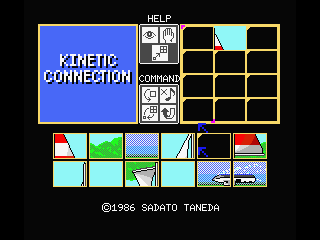
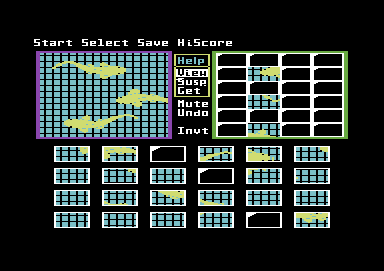
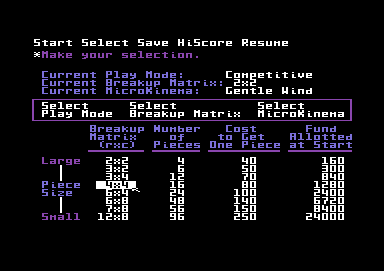
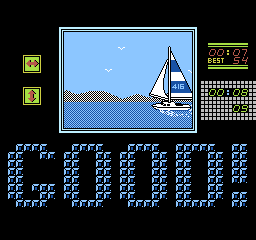
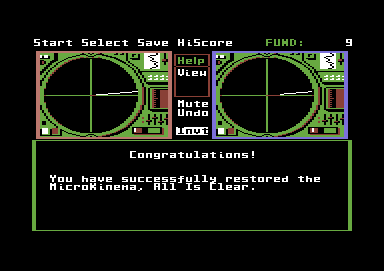

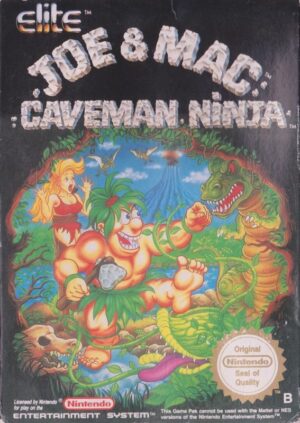
Reviews
There are no reviews yet.